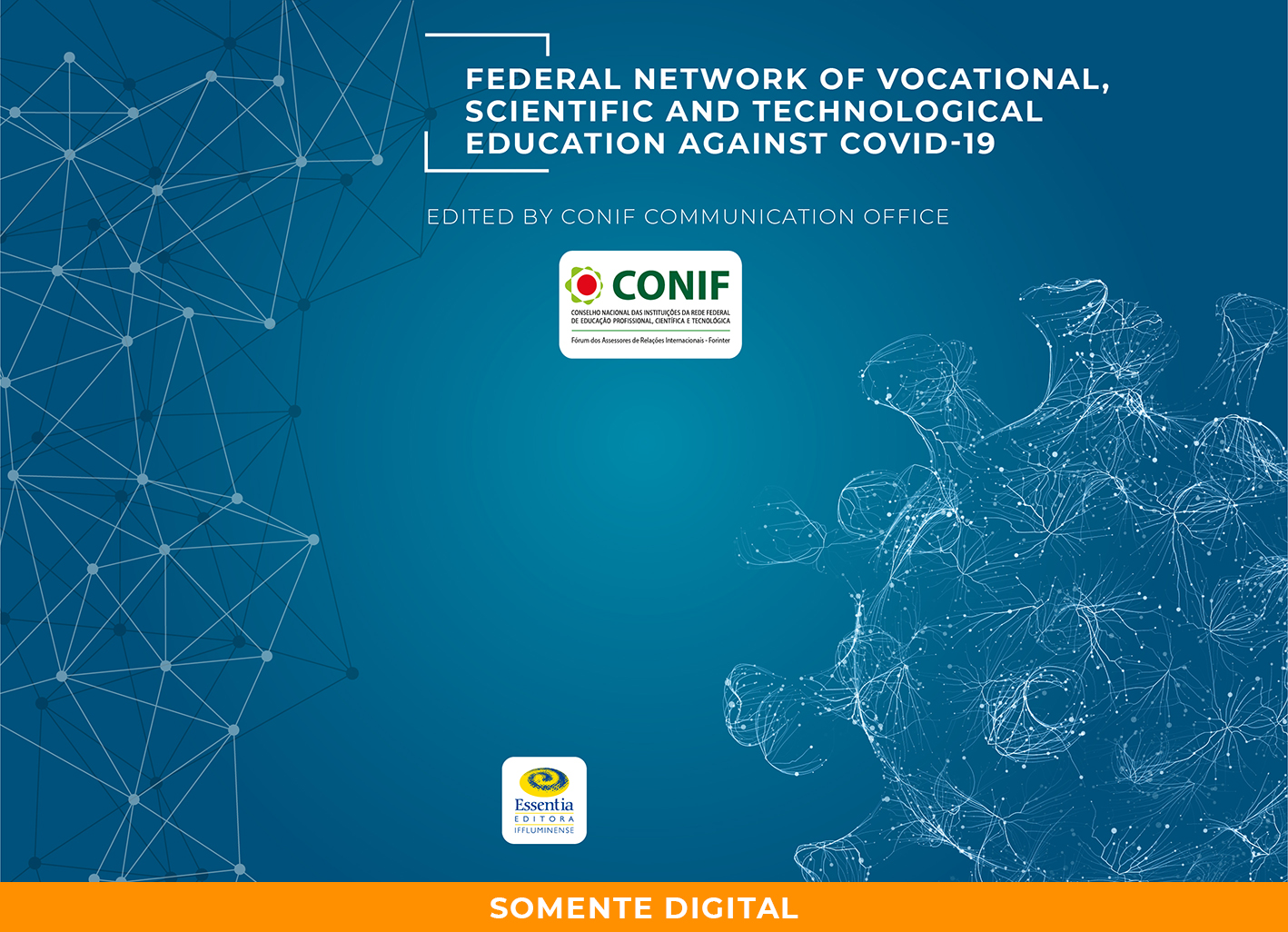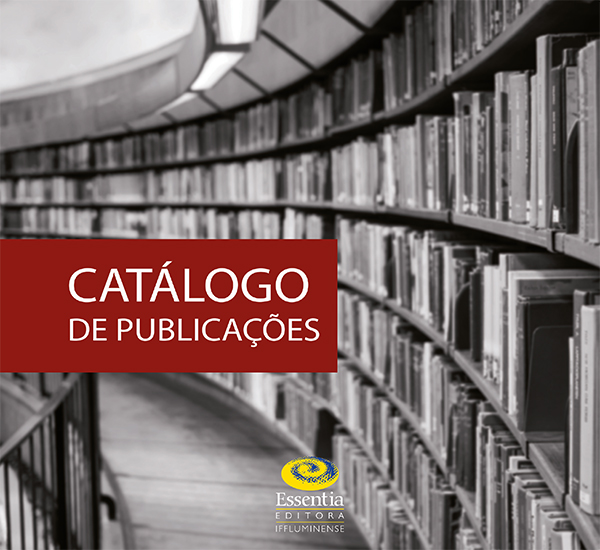2020: Rede Federal de Educação Profissional, Científica e Tecnológica no enfrentamento à COVID-19

As instituições integrantes da Rede Federal (38 Institutos Federais de Educação, Ciência e Tecnologia; 2 Centros Federais de Educação Tecnológica e o Colégio Pedro II), apoiadas por seus docentes, técnicos-administrativos, alunos e demais voluntários, uniram suas habilidades e conhecimentos científicos e tecnológicas a sua sensibilidade e responsabilidade diante do drama social e da necessidade de enfrentar o maior problema de saúde pública deste século, a fim de minimizar seus impactos nocivos à vida humana nos diferentes e peculiares territórios de seu âmbito institucional. Nosso excelente modelo de educação gratuito, público e socialmente referenciado vem realizando uma miríade de iniciativas, tanto com recursos públicos quanto com doações privadas, produzindo e desenvolvendo dispositivos tecnológicos para ajudar e apoiar a população brasileira no combate à COVID-19, além de implementar um conjunto de ações sociais solidárias. Em grandes e pequenas cidades, bem como em lugares remotos onde os governos federal, estadual e municipal muitas vezes não chegam, as instituições da Rede Federal cumpriram seu papel, para que os profissionais de saúde fizessem seu trabalho, os pequenos produtores rurais pudessem comercializar seus produtos, e os alunos e suas famílias não morressem de fome. Este livro digital “Rede Federal de Educação Profissional, Científica e Tecnológica no Combate à COVID-19” detalha diversas atividades realizadas entre março e maio, como a produção de álcool 70%, a fabricação de Equipamentos de Proteção Individual (EPIs), além de consertos de ventiladores mecânicos e o desenvolvimento de aplicativos para monitorar a evolução da pandemia. Apesar das dificuldades e incertezas dos últimos quatro meses, podemos afirmar que os investimentos em educação, ciência e tecnologia são essenciais para as transformações estruturais de um país, em benefício de suas instituições e de sua população.
Publicado:
27-08-2020








